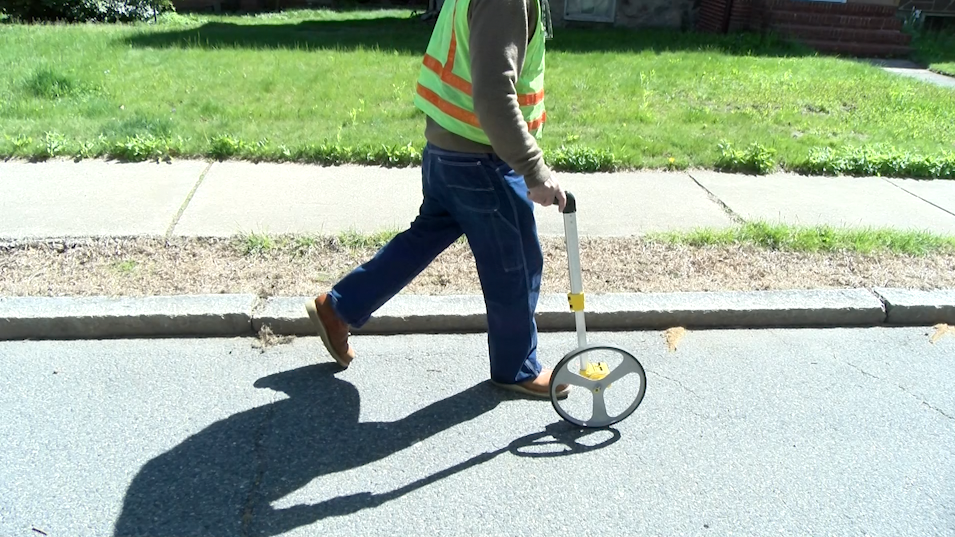Fixing super-emitting gas leaks: Shared Action Plan Update

Each year since 2017, HEET has tracked the progress of gas utilities in finding and fixing gas leaks with the highest environmental impact. This work is part of the Shared Action Plan, a collaboration between HEET, Eversource Gas and National Grid Gas that aims to both cut emissions and improve the safety of Massachusetts’ gas distribution system.

Just seven percent of distribution system leaks emit half of all leaked gas. Fixing these largest leaks (also known as leaks of Significant Environmental Impact, or SEIs for short) is estimated to cut three percent of Massachusetts’s greenhouse gas inventory, an amount equivalent to the emissions of one third of all the state’s stores and businesses in 2017.

Gas utilities are now required to fix SEIs within two years, thanks to legislation passed in 2016. HEET coordinated a large collaborative study with Eversource Gas of Massachusetts (formerly Columbia Gas, and now a part of Eversource Energy), National Grid, Gas Safety Inc., Mothers Out Front and other stakeholders to field-test multiple methods for measuring and identifying SEIs. We landed on a new leak measurement protocol: the leak extent method, which is a quick, effective and low cost solution. The Shared Action Plan emerged from this collaboration.
HEET’s role in the Shared Action Plan is to verify and provide feedback on the utilities’ use of the leak extent method to identify SEIs. This year, Eric Juma is leading the Shared Action Plan work with the help of Kai Palmer-Dunning and the guidance of former project lead Dominic Nicholas. Stay tuned for the report containing the findings of year three of the Shared Action Plan.








